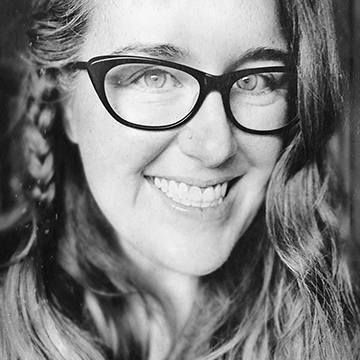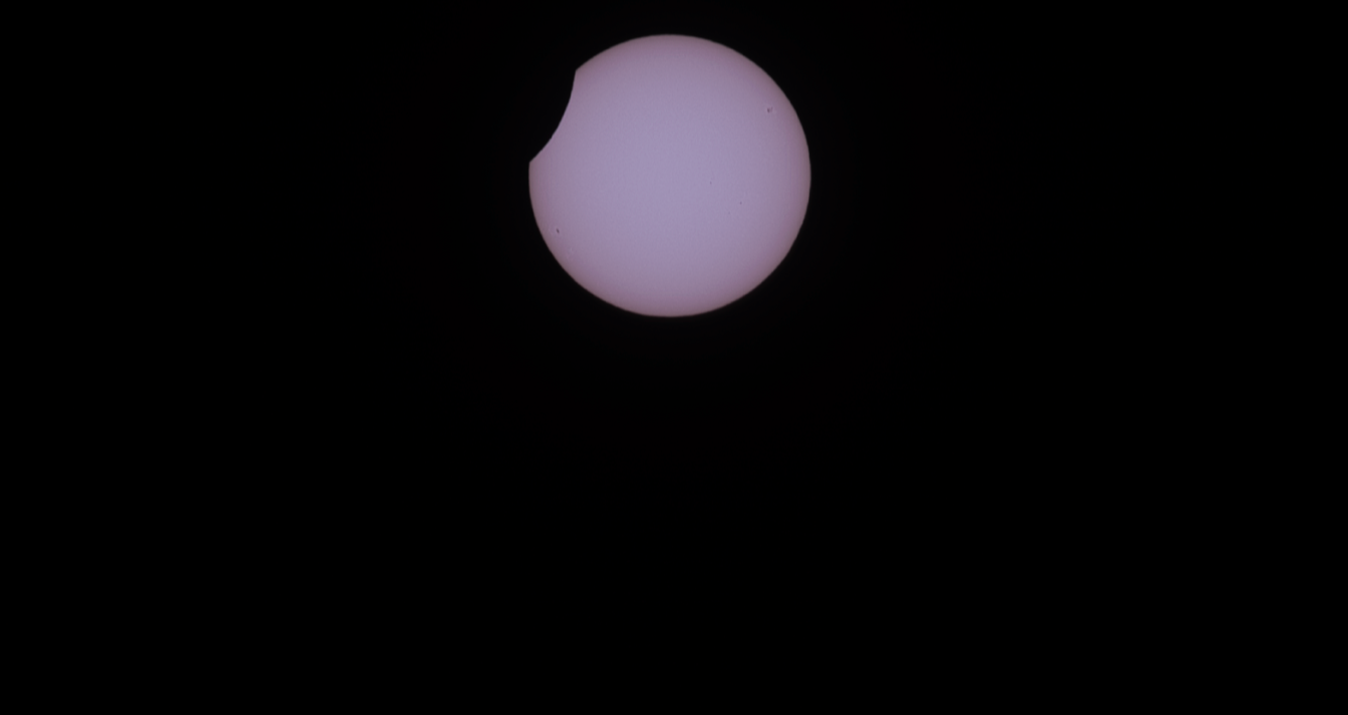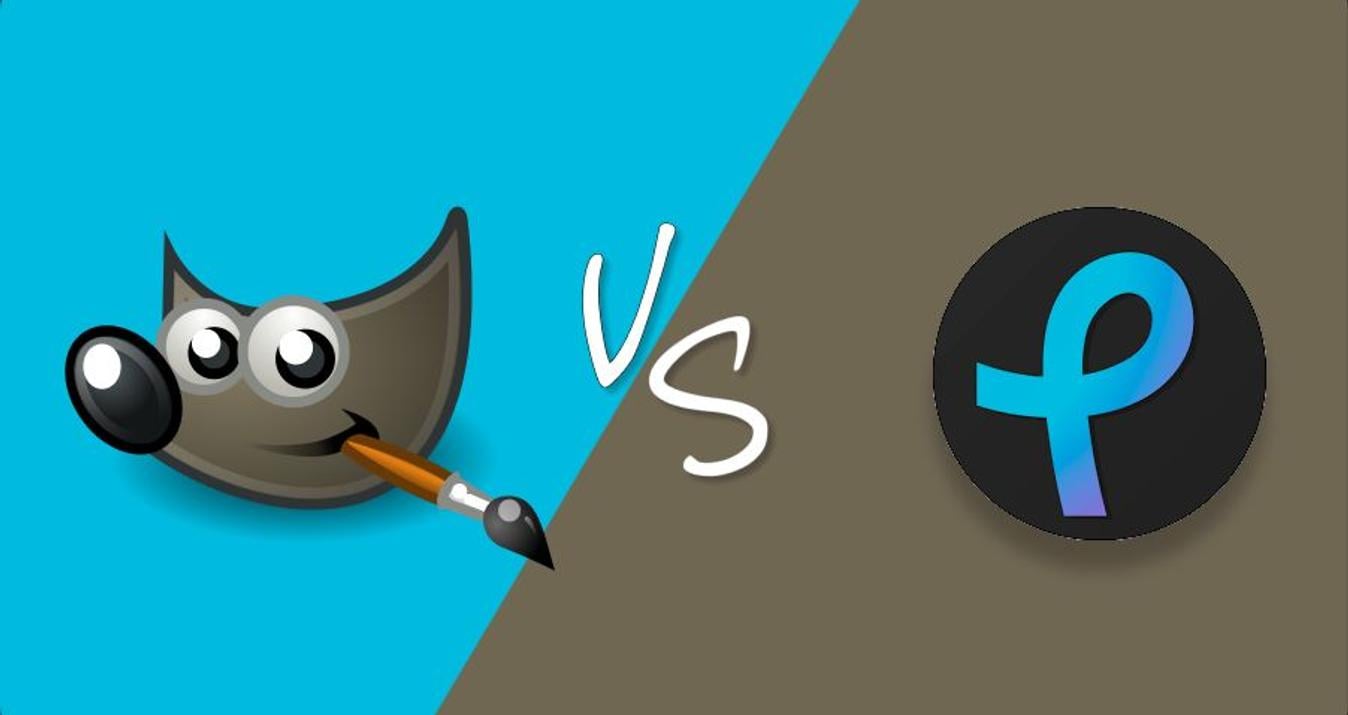If I use AI, is it still my work? We hear this question a lot. So, we asked Nicole S. Young for her take.
With artificial intelligence (AI) becoming more prevalent, photographers are starting to see its transition into everyday life. Whether it’s in your camera or on the computer, AI is finally here. Just like with the transition to digital from film, it’s not necessarily going to be a big instantaneous leap for everyone, but there will be plenty of opportunities to integrate AI into your photo workflow.
There is the question of whether or not to use AI when you have the chance. I think once you use and apply AI in your own workflow in LuminarAI, you’ll be pleasantly surprised. The AI-capable tools in LuminarAI are not replacements for your own style or techniques, but rather complementary tools to help problem-solve and speed up your post-processing.
You still have control
I view artificial intelligence as a second set of eyes. Luminar can see what is in my photo, whether it is people, objects, or a landscape, and it analyzes the entire image to determine what it thinks might be a good fix. And after I use the tool I can further adjust or even completely undo the changes that Luminar made.
One tool that I use on nearly all of my images is EnhanceAI. The AccentAI tool does a fantastic job of adjusting the tone and contrast in my photo with the use of one slider. It gives me a good idea of where to go with my photo, and if I feel the need to make further adjustments to suit my own style and vision, I can go into the Light tool and adjust sliders such as Exposure, Highlights, and so on.
Here I first applied the AccentAI tool to the photo, but it still needed more tone correction. So I used the Light tool to add more light to the details, along with increased contrast.
StructureAI is another great example. Using this tool helps sharpen details in the photo, but sometimes can be overpowering on parts of the photo that are out of focus. To correct this, after applying StructureAI, I added masking so that the effect is only applied to the part of the mushroom that is in focus.
The first image shows the StructureAI tool applied to the entire image, and the second image shows what it looks like after adding a mask so that only the in-focus part of the mushroom displays the StructureAI edits.
While using LuminarAI, I have learned that using certain AI tools are helping me grow with my editing. I might have an idea of where I want to go with the edit, but sometimes using an AI slider helps me see it more clearly, without impacting my personal style of photography and how I create my images. It is also helping me to evolve my post-processing techniques so I don’t get stuck in the same pattern.
Faster workflow
I love photography, and post-processing is a part of that. But the less time I spend in front of my computer, the more time I have to be doing the many other things that I love. That could be working on my hobbies (including creating more photographs), spending time with my loved ones, exploring the outdoors, or doing projects around my home.
Using tools with AI means that the boring stuff is automated. For example, if I want to add a new sky to a photo, the tedious task of masking the background is done for me. This allows me to have more focus on the other edits instead of spending my energy on something non-creative that can be easily done for me. Plus, I am still able to control the adjustments, such as the temperature and exposure of the sky, to make sure that it fits the scene and my style perfectly.
In this photo, I added a brand-new sky to the image very quickly using the SkyAI tool, along with other color and tone adjustments, giving this image a new life.
Independent syncing
The AI tools in LuminarAI really shine when batch-processing or syncing across multiple photos, as well as when using a Template. In the example below, I made adjustments to the first image using PortraitAI, SkinAI, AccentAI, along with some non-AI tools (Vignette, Mystical, etc.). Then I synced the settings to the other image so the color and tone of these two images from this shoot would look similar. The people in the photos have very different skin tones, but because I used AI adjustments those settings will apply to each image appropriate to its content.
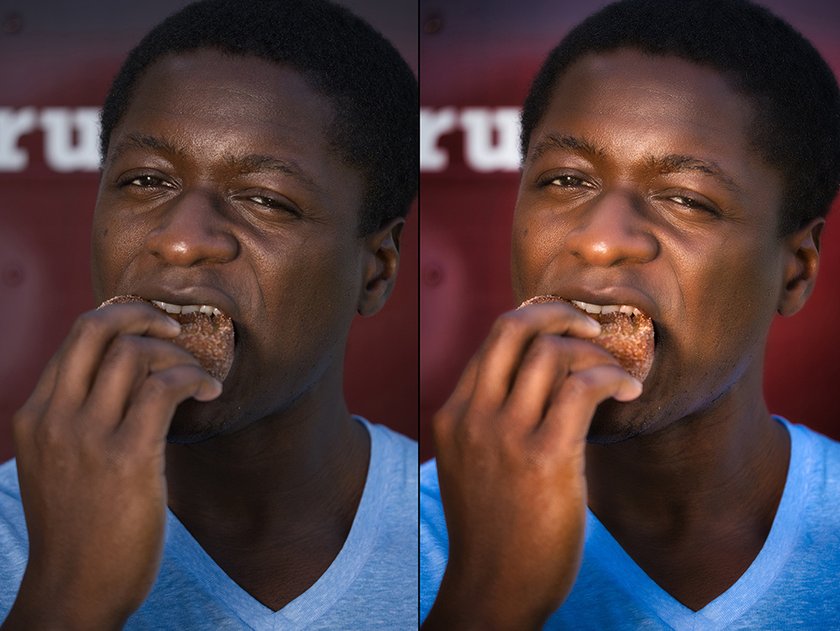
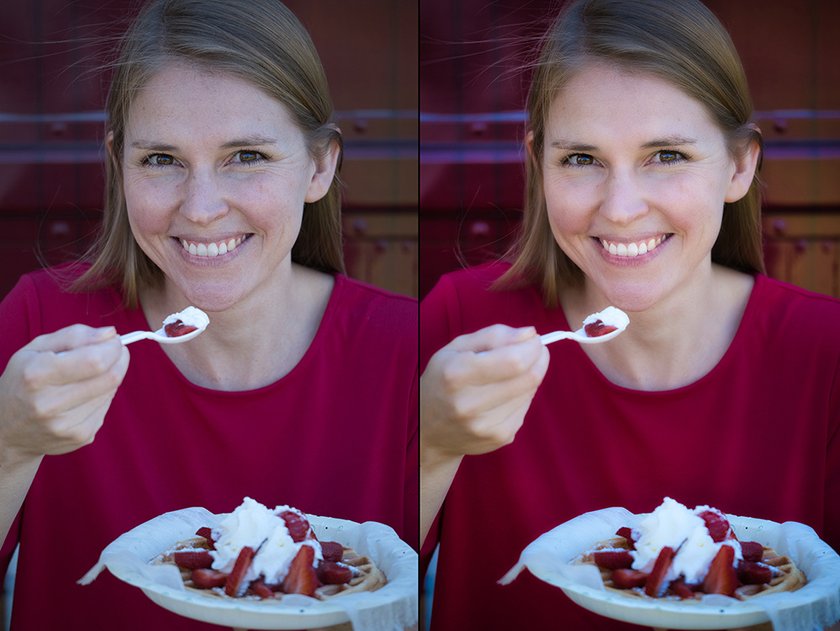
The people in these photos have very different skin tones, but with the AI tools I am able to apply the same adjustments, and Luminar will apply those settings independently base on the content of each image.
Our eyes cannot be replaced
For me, the goal of photography is to learn, explore, and create. These are the reasons I enjoy traveling, hiking, and going on adventures, whether they are big or small. My eyes are the lens I view the world with, and I use a camera as an extension of that vision. Creating photos is a by-product of doing the things I already love, and using editing software is almost always a necessary part of that process if we want our photos to look their best.
With LuminarAI we still maintain control of our photos and they are still our photos. It’s not a one-click solution that transforms an image into something different, but rather a set of intelligent tools we control and integrate into our own style of post-processing.




